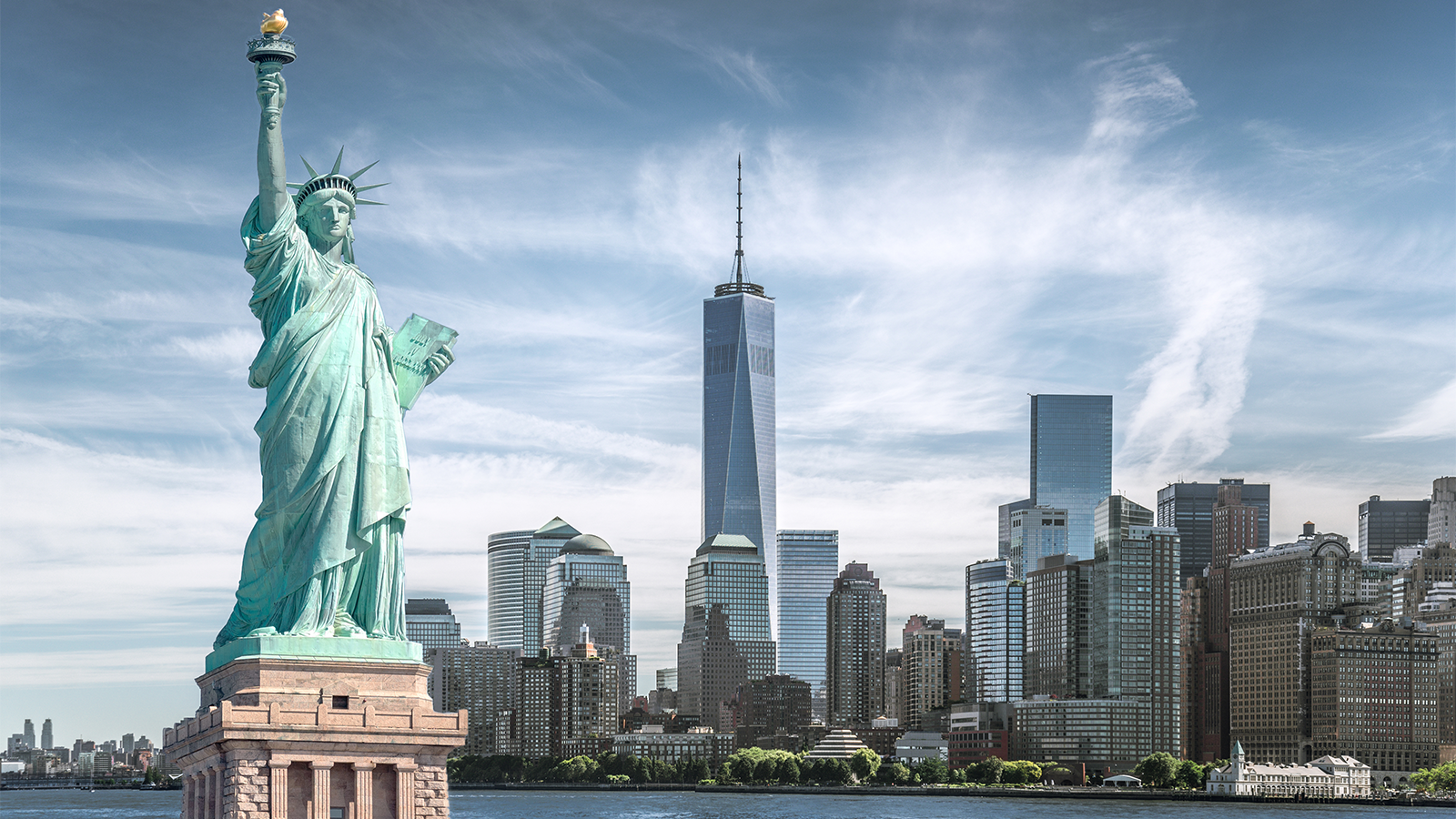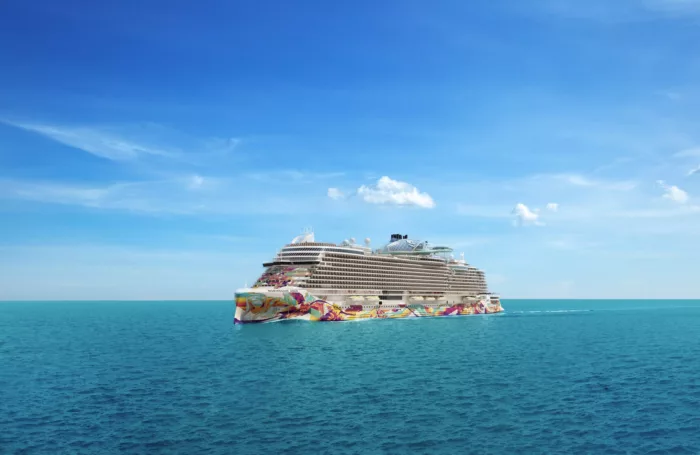
Norwegian Cruise Line
Founded in 1966, Miami-based Norwegian Cruise Line (NCL), part of global cruise company Norwegian Cruise Line Holdings (which also owns Oceania Cruises and Regent Seven Seas Cruises), is the third-largest cruise line in the world in terms of cruise passengers. NCL has become well-known for its colourful ships featuring a pop-icon style painted hull.
2290
Passengers
1032
Crew
2002
Launched
2021
Last refit
92250t
Tonnage
294m
Length
38m
Width
25kts
Speed
11
Decks
USD
Currency
Cruise Itinerary
Ship Details


Norwegian Cruise Line
Norwegian Dawn
Norwegian Dawn offers the ultimate freedom and flexibility for your cruise holiday. Toss your timetable to the breeze on a cruise to the Bahamas and Caribbean.
Cabins
All Prices










